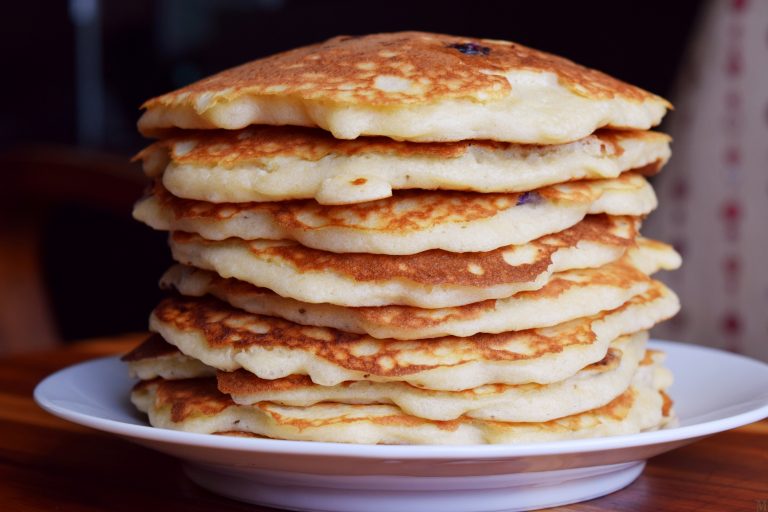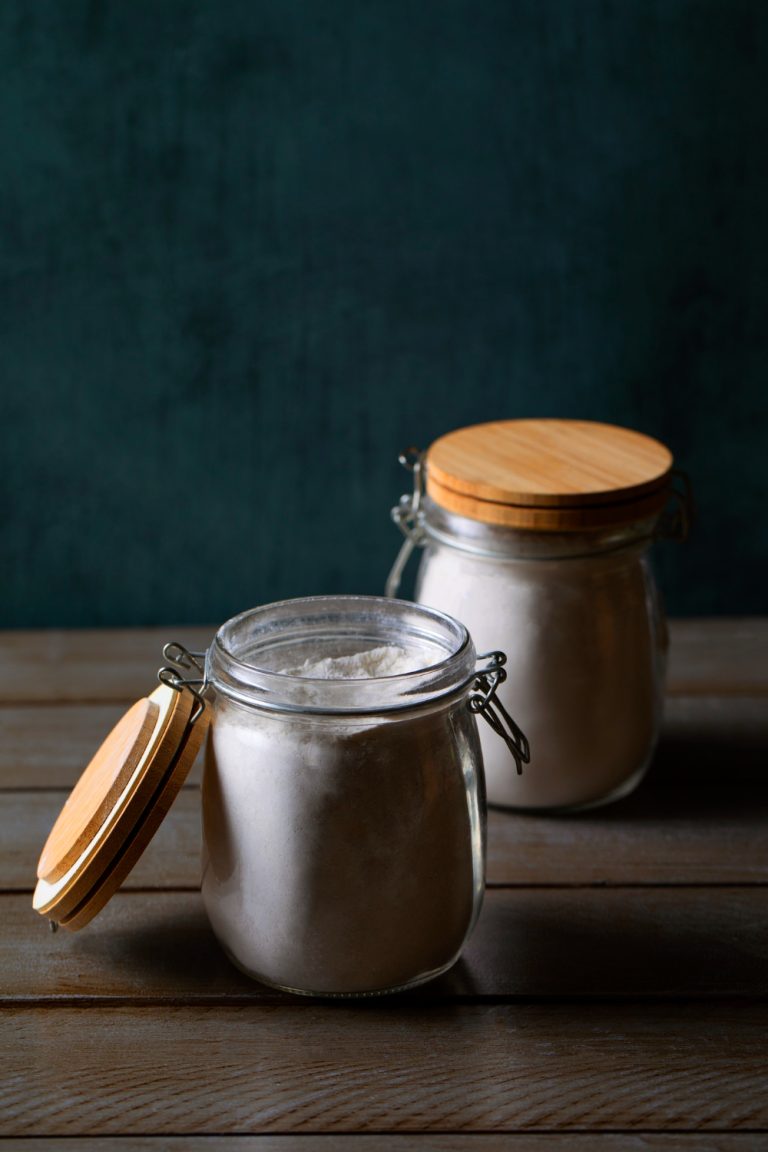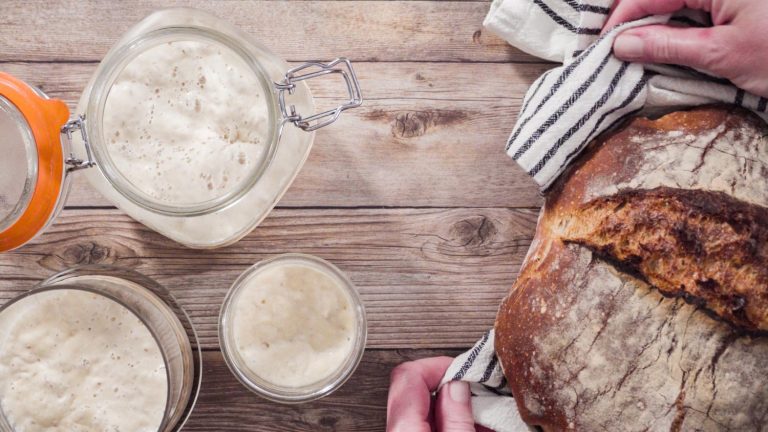How to Scale Your Sourdough Starter Up or Down with Ease
Sourdough bakers struggle with a common problem: getting the right amount of sourdough starter for their recipes. The right scaling approach helps you avoid waste and get consistent results while keeping your wild yeasts and lactic acid bacteria healthy. Your scaling technique matters when you need to make large bread batches or reduce your starter before vacation.
This detailed piece shows you how to scale your sourdough starter up or down without losing its strength. You’ll discover everything about optimal feeding ratios, choosing containers, and adjusting maintenance schedules based on starter size. The content covers signs of a healthy starter and practical ways to handle both small and large quantities of starter.
The Basics of Sourdough Starter Scaling
Sourdough starter scaling lets you adjust your starter’s quantity while keeping it strong and healthy. Weight measurements work better than volume because grams give consistent results in kitchens worldwide.
What is sourdough starter scaling?
Sourdough starter scaling adjusts starter quantities by controlling feeding ratios to maintain healthy wild yeasts and lactic acid bacteria. Baker’s percentages form the foundation of this process. Flour serves as the baseline at 100%, and bakers calculate other ingredients as percentages of flour’s weight. A 1:1:1 ratio demonstrates this concept with equal weights of starter, water, and flour.
Why scale your starter?
Bakers adjust their starter quantities and with good reason too:
- Reduce waste and minimize flour usage during maintenance
- Create larger amounts when batch baking
- Keep a smaller starter volume when baking less frequently
- Match starter quantities to recipe needs
Key factors to scale effectively
Several critical factors influence your sourdough starter’s success during scaling. The proper ratios during feeding stand out as crucial. To cite an instance, see how scaling up from 50g to 200g of starter needs 100g each of flour and water. This combination achieves the desired quantity and keeps your starter healthy.
| Scaling Direction | Starting Amount | Flour Added | Water Added | Final Amount |
|---|---|---|---|---|
| Up | 50g | 100g | 100g | 250g |
| Down | 200g | 25g | 25g | 250g |
Your starter’s size affects temperature and feeding frequency requirements. Larger quantities might need more frequent feeding, while smaller amounts can survive longer between feedings. The container’s size should match your starter’s peak volume, which typically doubles from its original size.
Scaling Down: Creating a Mini Sourdough Starter
A smaller sourdough starter brings many benefits to home bakers. You’ll waste less flour and find it easier to manage the fermentation schedule. The scaled-down starter works just as well as bigger ones but needs fewer ingredients.
Choosing the right container
Your mini sourdough starter’s success depends on the perfect container. A vessel between 8-16 ounces (240-480ml) works best for small starters. The container should have these key features:
- Straight, tapered sides that you can clean easily
- Wide mouth that makes feeding simple
- Clear glass or plastic to watch your starter grow
- Non-airtight lid to let gasses escape naturally
Calculating new feeding amounts
A small yet strong starter needs about 50-70 grams total. Bakers use the standard feeding ratio of 1:1:1 (starter:water:flour) with smaller quantities:
| Component | Amount |
|---|---|
| Mature Starter | 20g |
| Water | 20g |
| Flour | 20g |
| Total After Feeding | 60g |
Maintaining a small starter long-term
A mini sourdough starter needs careful attention to temperature and feeding schedules. Room temperature (70-72°F/21-22°C) starters typically need refreshment every 12 hours. Bakers can stretch this interval by using less mature starter or finding a cooler spot.
Refrigeration becomes essential to maintain it long-term. Cold temperatures substantially slow fermentation and allow feeding intervals to stretch up to 1-2 weeks. The small starter can be scaled up through step-by-step feedings to reach your desired quantity before baking.
The key to success is a consistent feeding ratio while adjusting the total volume. This method will give a healthy and active starter that’s ready to scale up for bigger baking projects.
Scaling Up: Preparing for Large Batch Baking
Making large batches of sourdough starter needs exact calculations and perfect timing to keep the fermentation active. Bakers who scale up for commercial baking or make multiple loaves must know the right ratios. This knowledge will give a consistent outcome every time.
Determining how much starter you need
You need to calculate the total starter requirements when you think about both recipe needs and maintenance portions. The scaling calculation is simple. Just divide your target amount by two to find out how much flour and water you’ll need. A 400g starter needs these ingredients:
- 80g mature starter (20% of final weight)
- 160g flour
- 160g water
Incrementally increasing starter size
A gradual approach yields better results at the time of scaling up by a lot. Multiple “builds” or feedings make the process work best:
| Build Stage | Starter | Water | Flour | Total |
|---|---|---|---|---|
| First Build | 10g | 50g | 50g | 110g |
| Second Build | 110g | 300g | 300g | 710g |
The starter maintains its strength while increasing in volume with this 1:5:5 ratio approach. Each build takes 6-8 hours to reach peak activity at 80°F (27°C).
Managing a larger starter effectively
A larger volume of starter needs careful attention to several important factors. Temperature control is vital because larger masses have different fermentation patterns than smaller amounts. Your container should be big enough to hold double the original volume so the starter can expand properly during peak activity.
Bakers need to watch fermentation signs carefully to manage larger starters well. A well-managed large starter displays consistent bubble formation and follows predictable rise and fall patterns while keeping a pleasant, slightly sour aroma. The fermentation rates stay consistent when you use slightly warm water (75-80°F/24-27°C) with larger quantities.
The large batch can be scaled down to maintenance size if you don’t need it anymore. Just keep 20% of the mature starter and feed it with equal parts flour and water. This will give a healthy culture that’s ready the next time you need to scale up.
Adjusting Feeding Ratios and Schedules
A well-maintained sourdough starter at scale relies on the perfect balance of feeding ratios, hydration levels, and flour selection. Wild yeasts and lactic acid bacteria thrive when these elements combine effectively.
How scaling affects feeding frequency
The sourdough starter’s size determines when you need to feed it. A 1:5:5 ratio (starter:water:flour) with twice-daily feedings at 12-hour intervals yields excellent results for most scaled starters. Temperature is a vital factor that affects fermentation. Higher temperatures speed up fermentation and demand more frequent feeding. Lower temperatures slow down the starter’s activity. Here’s a breakdown:
| Temperature | Feeding Frequency | Ratio Adjustment |
|---|---|---|
| 66-68°F (19-20°C) | Every 12-24 hours | 1:2:2 |
| 74-80°F (23-27°C) | Every 8-12 hours | 1:5:5 |
| Above 80°F (27°C) | Every 4-8 hours | 1:10:10 |
Modifying hydration levels
Hydration percentage substantially affects starter behavior and allows adjustments based on scaling needs. A 100% hydration starter contains equal parts water and flour. A stiff starter maintains 65-80% hydration. Bakers calculate hydration by dividing water weight by flour weight and multiplying by 100.
Balancing flour types for optimal health
Your choice of flour impacts starter activity and feeding needs. Smart bakers think over these flour options:
- Whole grain flours make fermentation faster and boost starter activity
- White flour gives you milder flavors with slower fermentation
- Rye flour drives vigorous fermentation with stronger bacterial growth
- Unbleached all-purpose flour delivers reliable, steady results
A healthy scaled starter needs steady feeding schedules and proper ratios. Bakers need to watch signs of fermentation like bubbles forming, aromas developing, and rise patterns to adjust their routine. The culture stays strong if you make flour changes gradually rather than suddenly.
Conclusion
Sourdough starter scaling enables bakers to adapt their maintenance routine based on their needs while keeping their starter healthy. A combination of exact measurements, proper feeding ratios, and temperature control builds a strong foundation for scaling success. These core principles work well for both home bakers and large-scale operations, which makes sourdough maintenance quick and reduces waste.
Bakers become skilled at sourdough by practicing these scaling techniques consistently and watching their results carefully. Anyone looking to start or boost their sourdough trip can lift their bread and pizza making skills with an authentic artisanal sourdough starter from The Yeast We Can Do. Quality starter and proper scaling knowledge help bakers create outstanding sourdough products confidently. Their healthy, vigorous culture will match their exact needs. Email john@theyeastwecando.com to get a premium starter culture that delivers exceptional results.
FAQs
How can I reduce the size of my sourdough starter?
To scale down your sourdough starter, simply take 20 grams of your existing starter and mix it with 20 grams of flour and 20 grams of water. This 1:1:1 ratio will help maintain the starter’s balance while reducing its overall size.
Is it better to measure sourdough starter by weight or volume?
Measuring your sourdough starter by weight is recommended, especially for beginners in sourdough or general baking. This method minimizes inconsistencies that can arise from measuring by volume, ensuring more reliable results in your baking.
Can using less starter result in a more sour sourdough bread?
Yes, using a smaller amount of starter or levain in your recipe can increase the acidity (lower the pH) of the dough, which enhances the sour flavor of the bread.
What is the correct way to feed a sourdough starter using a scale?
When feeding your sourdough starter, use a scale to measure equal parts by weight of starter, water, and flour. For example, combine 50 grams each of starter, water, and flour. This method ensures consistency in your starter’s health and activity.
How do I accurately measure and maintain 50g of starter when feeding, considering factors like air bubbles?
When feeding your starter, first weigh your container empty and note this weight. After adding and mixing your starter, flour, and water, place the container back on the scale. Subtract the weight of the empty container from the total to ensure you have exactly 50 grams of starter. This method helps account for any additional weight from air bubbles or residue.






